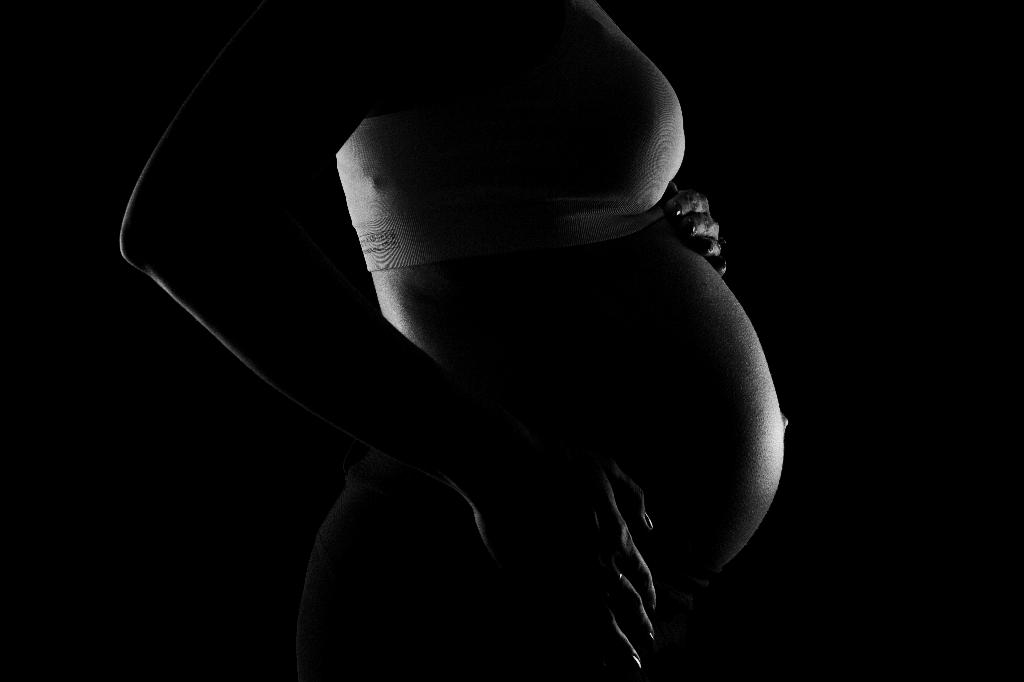When it comes to the topic of giving birth after a C-section, many women have concerns and questions about the challenges they may face. One significant aspect that contributes to the difficulty of giving birth after a C-section is the potential risks associated with multiple cesarean deliveries.
Risk Factors and Complications
It’s essential to acknowledge that the more C-sections a woman has undergone, the higher the risk of certain complications during subsequent deliveries. One prominent risk is the possibility of the scar from a previous C-section tearing open during labor, known as uterine rupture. This serious complication can lead to significant complications for both the mother and the baby.
Placental Issues
Furthermore, repeated C-sections can also increase the likelihood of problems with the placenta. Issues such as placenta previa, where the placenta partially or completely covers the cervix, can create complications during delivery. This scenario may result in heavy bleeding and other difficulties that can impact the overall birthing process.
Decreased Uterine Strength
Another factor that contributes to the challenge of giving birth after a C-section is the impact of multiple surgeries on the strength of the uterus. The uterine wall can become weaker with each cesarean delivery, potentially making it harder for the uterus to contract effectively during labor. This decreased strength can prolong labor and increase the risk of additional interventions.
Adhesions and Scar Tissue
Additionally, the formation of adhesions and scar tissue following a C-section can complicate future deliveries. These adhesions can limit the movement of the uterus and surrounding structures, leading to a higher risk of issues such as abnormal placental attachment or difficulty in performing a successful vaginal delivery.
Emotional Impact
Besides the physical challenges, it’s crucial to recognize the emotional toll that multiple C-sections and the associated difficulties can have on women. The fear and anxiety surrounding the increased risks and potential complications of giving birth after cesarean deliveries can affect a woman’s mental well-being and overall birth experience.
Decision-making and Planning
Given these complexities, women who have had previous C-sections need to engage in thorough discussions with their healthcare providers to make informed decisions about their birth plans. Careful planning, close monitoring, and open communication are key elements in navigating the challenges of giving birth after a C-section.
Recovery and Postpartum Care
After delivering a baby following a C-section, women may also encounter unique challenges in terms of recovery and postpartum care. The healing process can be longer and more demanding, requiring adequate rest, proper wound care, and ongoing support to ensure a smooth transition to motherhood.
Importance of Support Systems
Having a strong support system in place, including partners, family members, and healthcare professionals, is vital for women navigating the complexities of giving birth after a C-section. Emotional support, practical assistance, and access to resources can significantly impact a woman’s overall well-being during this challenging time.
Educational Resources and Counseling
Access to educational resources and counseling services can also be beneficial for women preparing for a vaginal birth after cesarean (VBAC) or managing the aftermath of multiple C-sections. Understanding the risks, exploring birth options, and addressing any concerns can empower women to make informed choices and advocate for their health and well-being.
Conclusion
In conclusion, the challenges of giving birth after a C-section stem from a combination of physical, emotional, and logistical factors that can influence the birthing experience. By acknowledging these complexities, seeking appropriate support and information, and engaging in proactive decision-making, women can navigate the journey of childbirth after cesarean deliveries with confidence and resilience.

